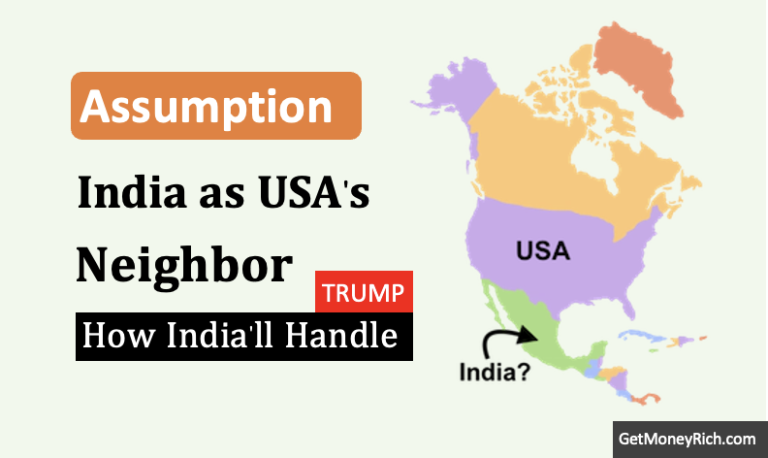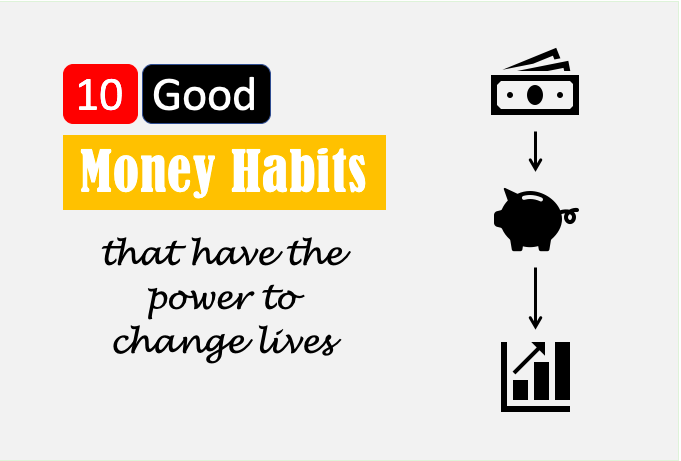India’s GDP growth rate for the second quarter of 2024-25 has drawn significant attention. Clocking in at 5.4%, this is the slowest pace we’ve seen in seven quarters. To put it simply, GDP is like the report card for the country’s economy. It shows how much it has grown (or shrunk) over a specific period. Ideally, the GDP of a country must grow at a steady pace. For the July-September quarter, the growth number has surprised many experts. Let’s break this down.
1. What Does a 5.4% GDP Growth Rate Mean?
Imagine you own a lemonade stand.
If last year you made 100 cups of lemonade. This year you only managed to make 105 cups.
In this case your “growth rate” would be 5%. A higher growth rate would mean you sold more lemonade, indicating better performance.
When India’s growth rate drops from 6.7% (in Q1) to 5.4%, it means our “economic lemonade stand” isn’t doing as well as it did earlier.
In Q2, India’s economy added less value compared to previous quarters.
This affects everything, from jobs and businesses to public spendings.
But why is this happening? Let’s dive into the details.
2. The Good, The Bad, and The Ugly: Sector Analysis
#2.1 Agriculture: The Bright Spot
The agriculture sector grew by 3.5% this quarter. Last year, the growth in this sector was 1.7%. For farmers and rural areas, this is a good sign.
Better rains and improved crop yields played a big role.
However, even with this growth, agriculture’s contribution to GDP is limited. So while this is a positive, it can’t carry the whole economy forward.
#2.2 Services Sector: A Steady Performer
- Services like trade, hotels, and finance grew decently at around 6.6%.
- Public services (like government jobs and defense) grew even better at 9.2%.
Think of these as the backbone of our economy. They keep the system running even when other parts are struggling.
When the service sector in India grows at about 7% on average, it helps lift the whole economy.
#2.3 Manufacturing: The Weak Link
This is where the problem lies.
Manufacturing, which is crucial for job creation, grew by only 2.2%, compared to 14.3% last year.
Imagine if your lemonade stand ran out of lemons; you’d produce fewer cups, right?
Factors like weak demand, higher costs, and global uncertainties have slowed this sector down.
Mining and quarrying even shrank by 0.1%.
3. Why Did Growth Slow Down?
Several factors have contributed to this slowdown:
#3.1. Weak Urban Demand
People in cities are spending less.
This could be due to inflation (rising prices) or uncertainty about the future.
When people spend less, businesses make less money, leading to slower growth.
#3.2. Sluggish Government Spending
The government plays a big role in driving growth by spending on projects like roads, bridges, and schools.
But in the first half of this year, government investment (Government’s Capex) fell by 15.4%. This was probably because several elections were on play. During such periods, the government spendings are often seen to dip.
This has directly impacted industries like construction and infrastructure.
#3.3. Private Investment and Exports
Private companies are also cautious about investing.
Private investment (Private Capex) in India is directly linked to the confidence businesses have in future demand. Private companies in India rely both on domestic and global demands. Some companies are effected more by the weakening of global demands.
When global demand weakens, companies become cautious about expanding their operations or investing in new projects. This slowdown in exports, which are a major source of income for many Indian companies, reduces the flow of foreign money into the economy.
As a result, companies hesitate to invest in production, and this affects growth. Lower exports also impact job creation and overall economic activity.
4. Why Should We Care About GDP Growth?
GDP growth affects everyone.
If the economy grows slower:
- Fewer jobs are created, and salaries may not increase much.
- The government collects less tax revenue, which can limit its ability to spend on welfare programs.
- The Stock market can turn volatile, affecting investments.
A slower GDP growth rate also impacts India’s global image. Investors from other countries may hesitate to invest in our projects, fearing lower returns.
5. What Lies Ahead?
Despite the gloomy numbers, there’s hope.
Experts believe this slowdown might be temporary. For instance, the festive season spending in October-December could boost demand.
- Agriculture is doing well, and services remain strong.
- However, manufacturing and investments (spendings by the government and the private players) need urgent attention.
The Reserve Bank of India (RBI) and the Finance Ministry are optimistic. They still project the full-year GDP growth to be around 6.5%-7%.
But for this to happen, the second half of the year must see a significant rebound, with growth climbing back to at least 6.8%.
Conclusion
We’ve seen many ups and downs in the Indian economy. I’ve personally been more observant of India’s economy and financial market since 2008, this was the time I started blogging 🙂 . So, I can say that this slowdown isn’t alarming yet, but it’s a wake-up call.
Here’s what I think:
- Policy Action Needed: The government must spend more aggressively on infrastructure and support industries like manufacturing. With increase in the government spendings, private players will also chip in.
- Support for Exports: With global demand slowing, we need policies that make Indian goods more competitive.
- Watch Inflation: Rising prices can hurt demand further, so controlling inflation is critical.
For investors, this is a time to stay cautious but not pessimistic.
Slower GDP growth often opens up opportunities in undervalued stocks, especially in fundamentally strong blue chip stocks.
India’s Q2 GDP growth rate of 5.4% reflects challenges across multiple sectors. While there’s reason to be concerned, this isn’t a reason to panic. The economy has faced similar hurdles before and emerged stronger.
What matters now is how quickly corrective measures are taken.
As always, keep a long-term perspective. The Indian economy is resilient, and while growth may have slowed, the fundamentals remain robust.
Let’s watch the upcoming quarters closely and hope for a strong rebound.
If you found this article useful, please share it with fellow investors or leave your thoughts in the comments below!
Have a happy investing.




